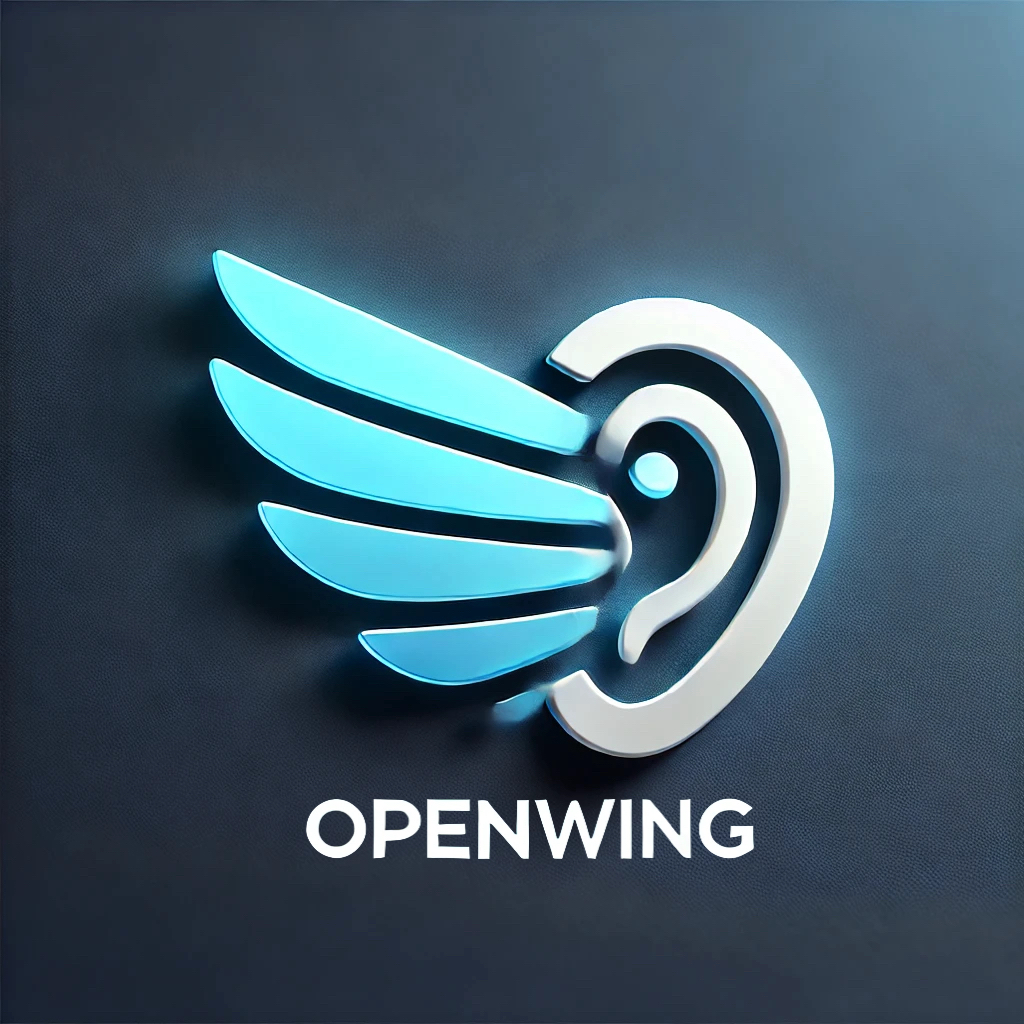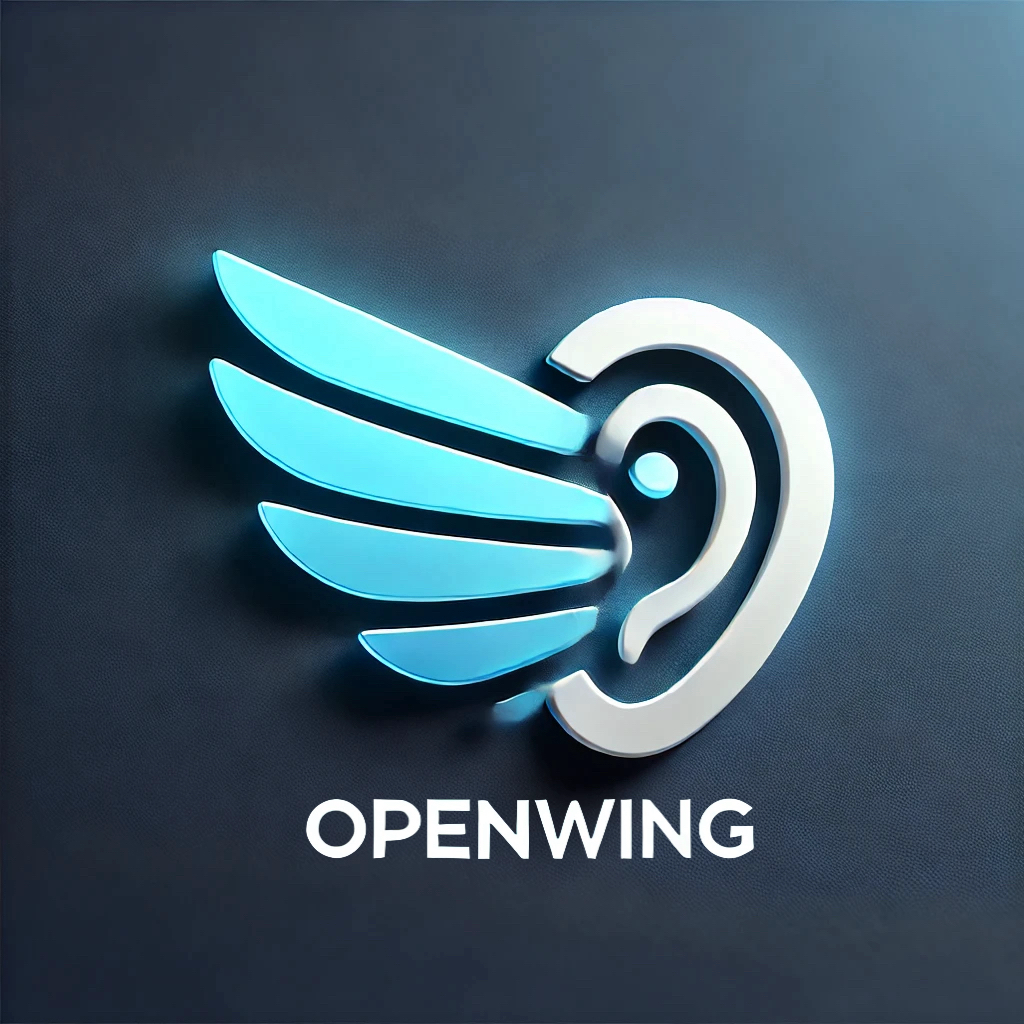Gluon is a high-level API within Apache MXNet designed for deep learning, providing an imperative programming interface that simplifies the process of building and training neural networks. It enables users to prototype, develop, and deploy models efficiently without compromising on performance.
Key Features of Gluon
Simple and Intuitive API
Gluon offers a clear and concise API that includes a variety of plug-and-play building blocks, such as predefined layers, optimizers, and initializers. This allows developers to easily construct neural networks with minimal code complexity. For example, creating a simple neural network can be done using the Sequential class:
“`python
from mxnet import nd
from mxnet.gluon import nn
net = nn.Sequential()
with net.name_scope():
net.add(nn.Dense(256, activation=”relu”)) # First layer
net.add(nn.Dense(256, activation=”relu”)) # Second layer
net.add(nn.Dense(num_outputs)) # Output layer
“`
Flexible and Imperative Structure
One of the standout features of Gluon is its flexible imperative programming model. This allows users to define and modify neural networks dynamically, making it easier to experiment with different architectures. The training process can also be closely integrated with the model definition, enhancing the development workflow.
Dynamic Graphs
Gluon supports dynamic computation graphs, enabling developers to build models that can change in size and shape during training. This is particularly useful for tasks where the input data structure may vary, such as natural language processing. The dynamic nature of Gluon allows for the use of Python’s native control flow, making it intuitive for developers familiar with Python.
High Performance
Despite its flexibility, Gluon does not sacrifice performance. It leverages MXNet’s powerful backend to ensure that training speed remains high, even when using complex models. The HybridSequential class can be used to define networks that can be optimized for performance by compiling them into static graphs when needed:
“`python
net = nn.HybridSequential()
with net.name_scope():
net.add(nn.Dense(256, activation=”relu”))
net.add(nn.Dense(128, activation=”relu”))
net.add(nn.Dense(2))
net.hybridize() # Compiles the model for better performance
“`
Comprehensive Ecosystem
Gluon is part of a broader ecosystem that supports various deep learning tasks, including classification, object detection, and segmentation. It is backed by a strong community and supported by major cloud platforms like Amazon Web Services and Microsoft Azure, making it a robust choice for both research and production environments.
In summary, Gluon provides a powerful, flexible, and user-friendly interface for deep learning with MXNet, making it suitable for both beginners and experienced practitioners. Its combination of simplicity, performance, and dynamic capabilities positions it as a leading choice in the deep learning framework landscape[1][2][4][5].
Further Reading
1. Gluon — mxnet documentation
2. Introduction — Apache MXNet documentation
3. An Introduction to MXNet/Gluon | Towards Next Generation Deep Learning Framework
4. Gluon — Apache MXNet documentation
5. Apache MXNet – Gluon
Description:
An interface for MXNet providing a user-friendly API for model building.
IoT Scenes:
Machine learning, Edge AI, Predictive analytics, Automated monitoring
IoT Feasibility:
Moderate: User-friendly API but less widespread compared to TensorFlow and PyTorch.


